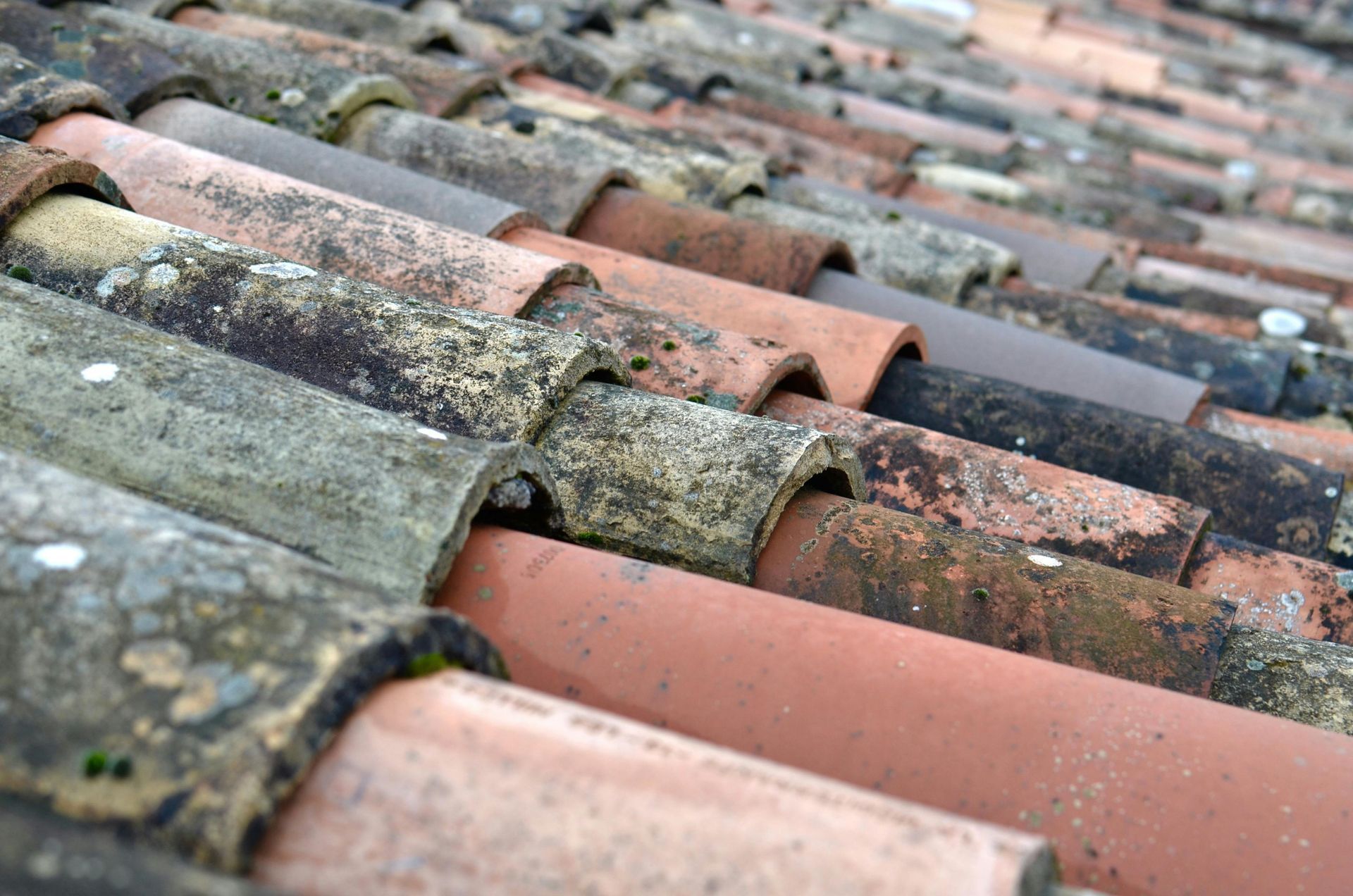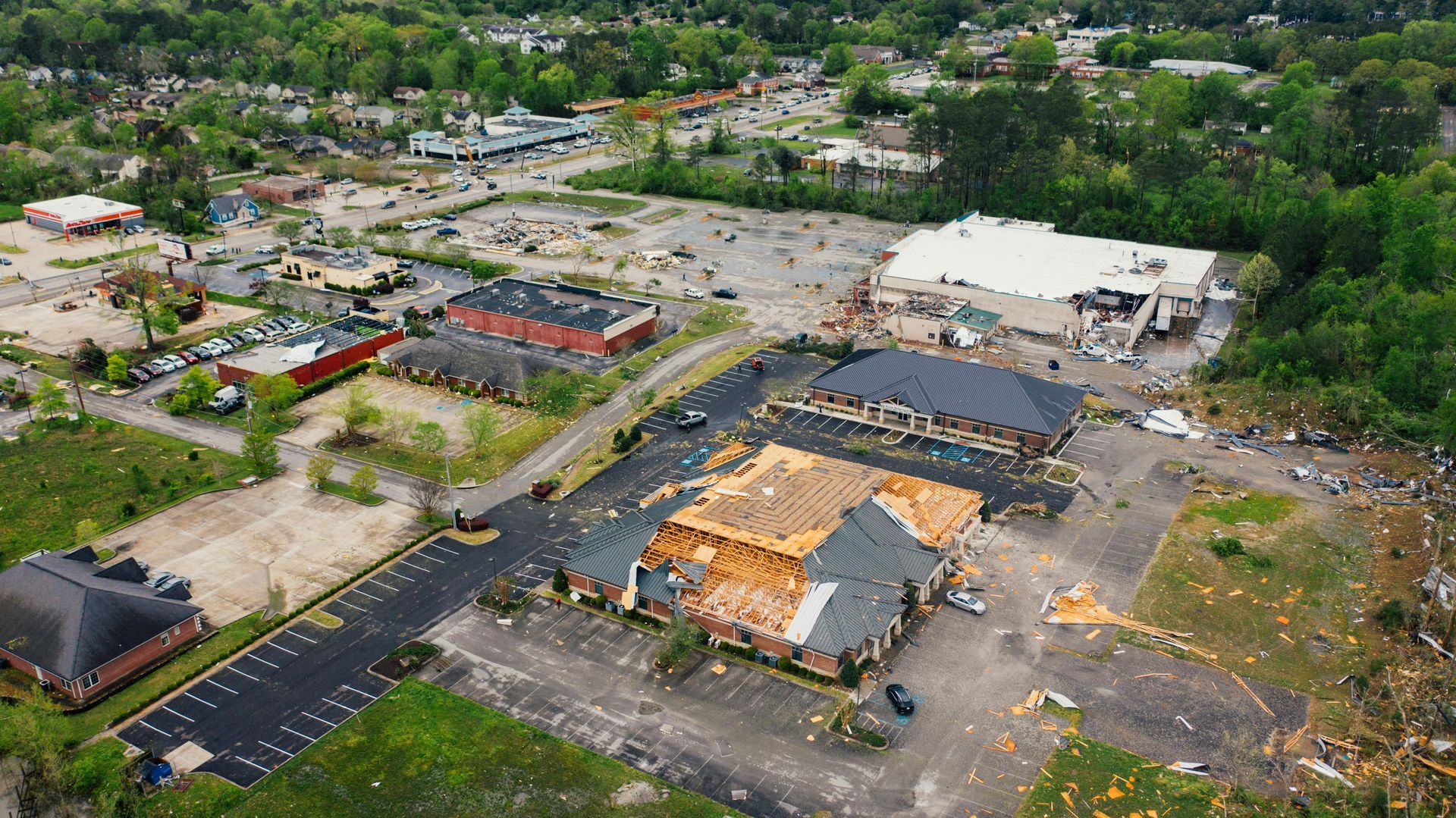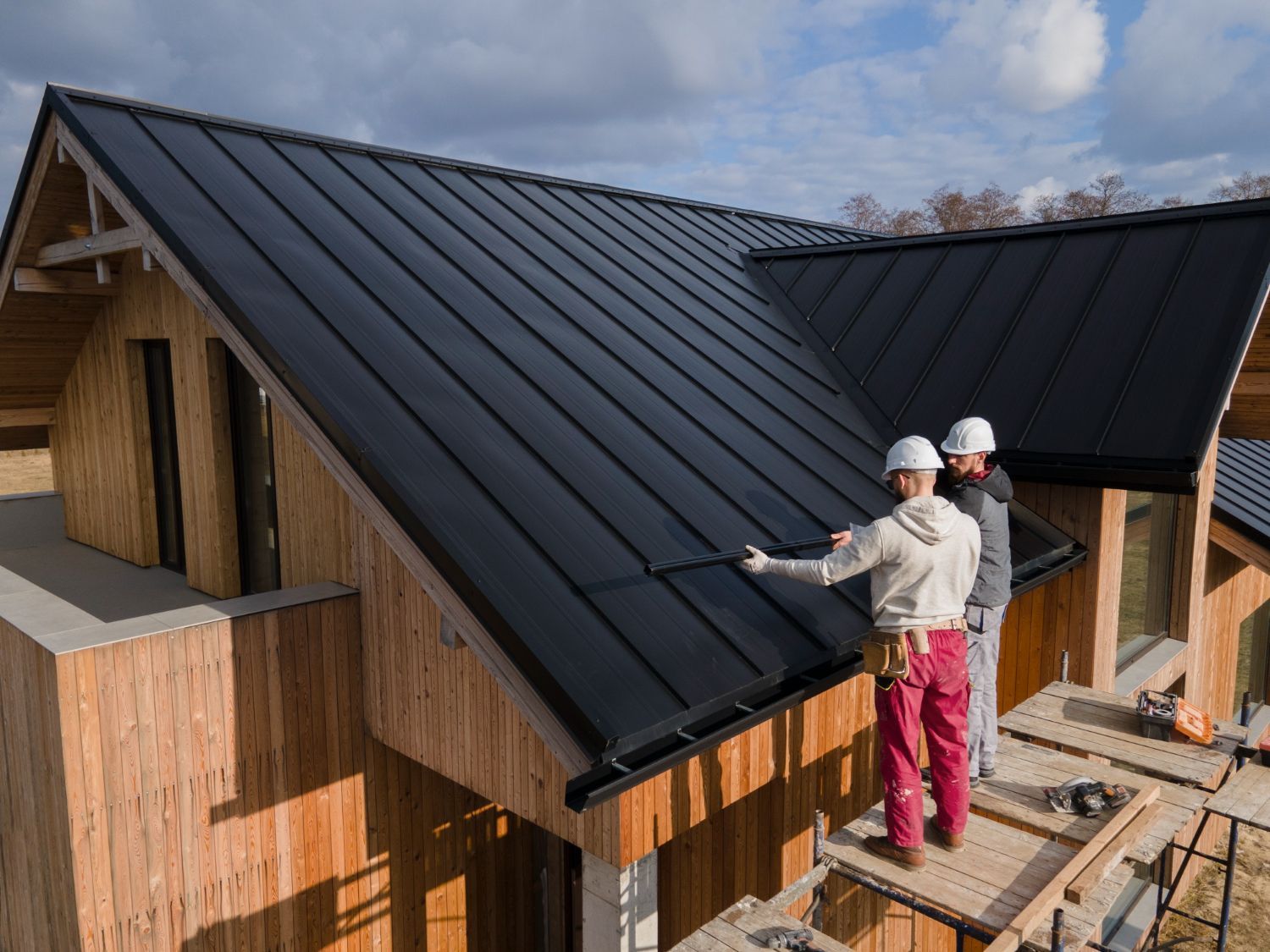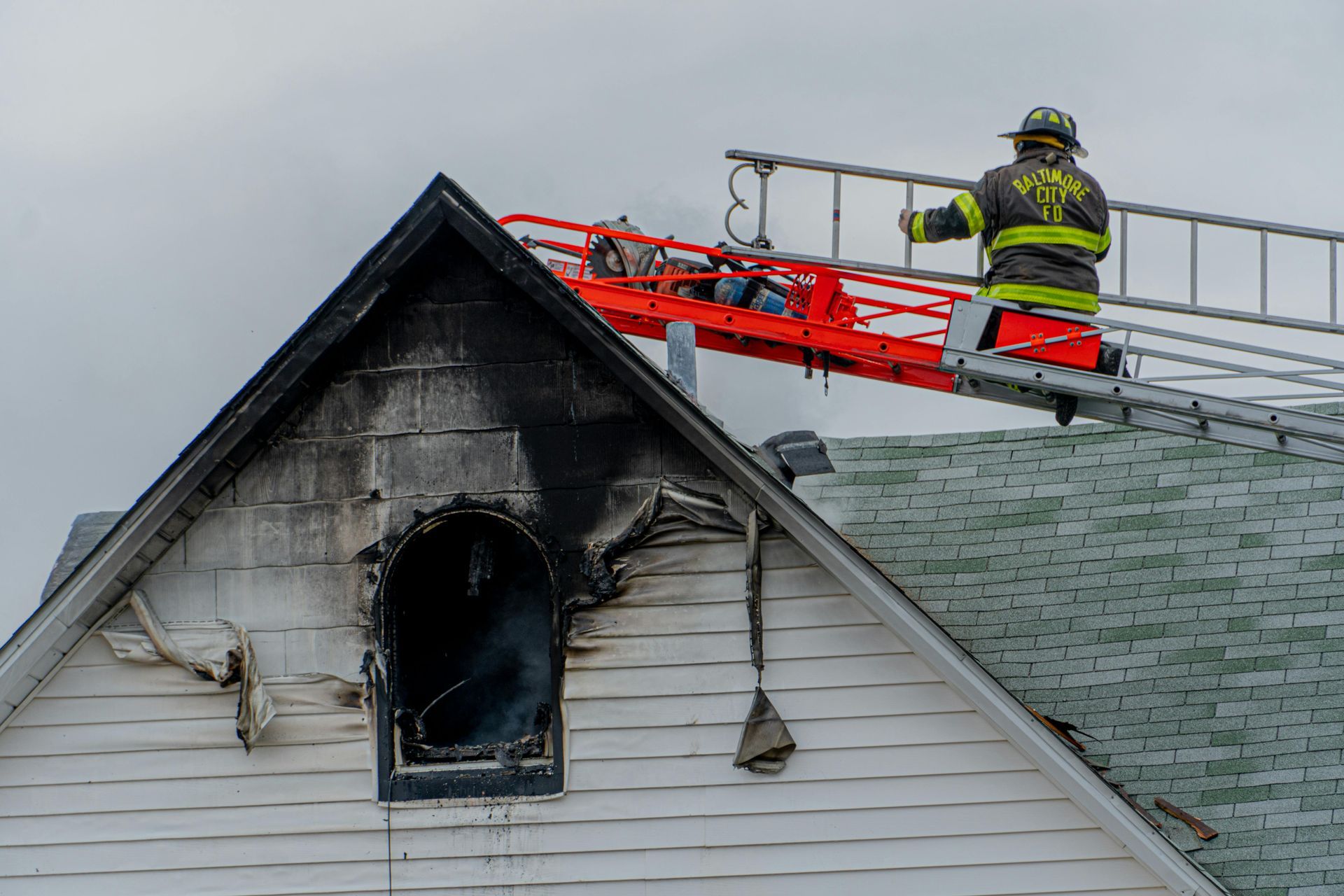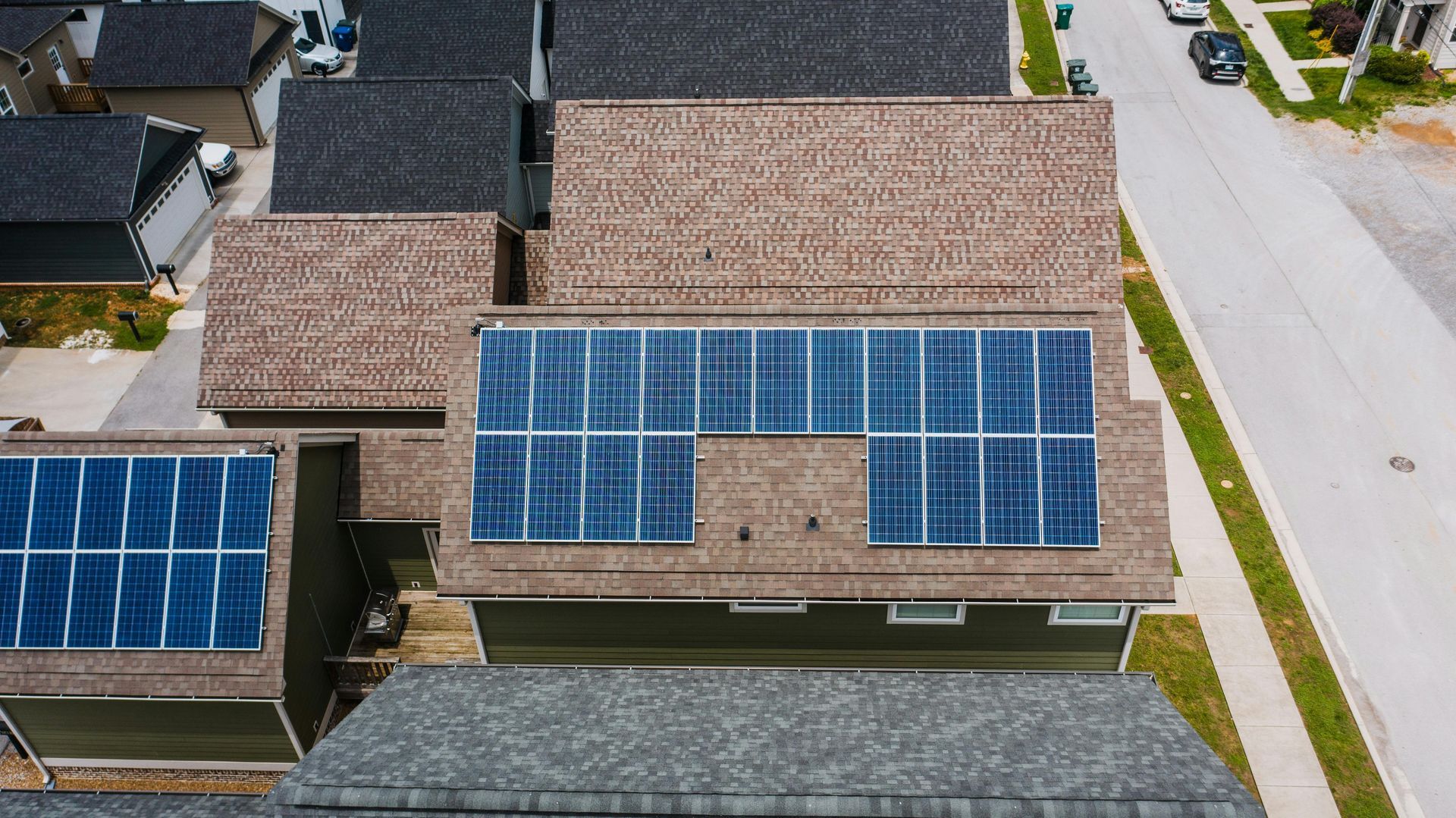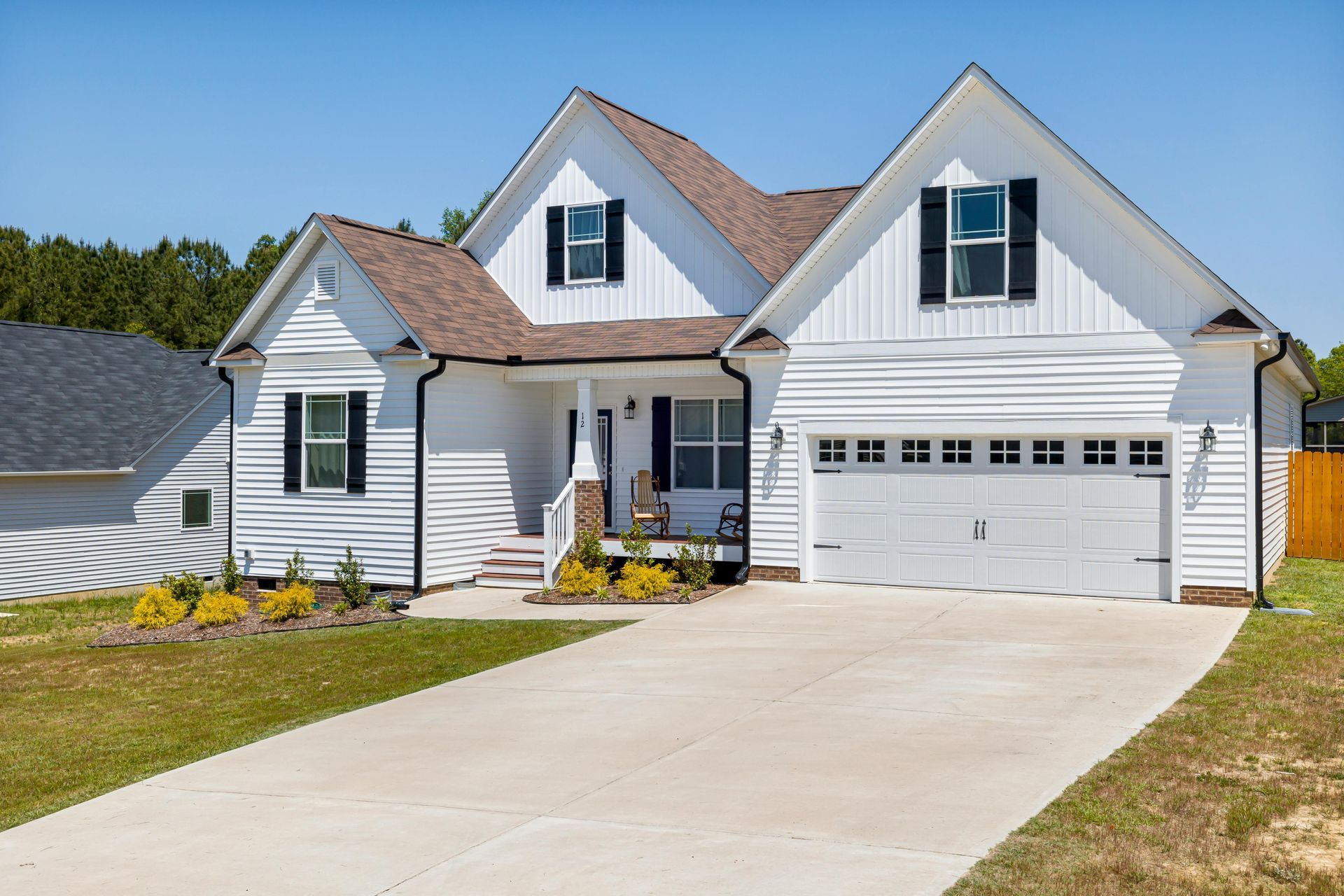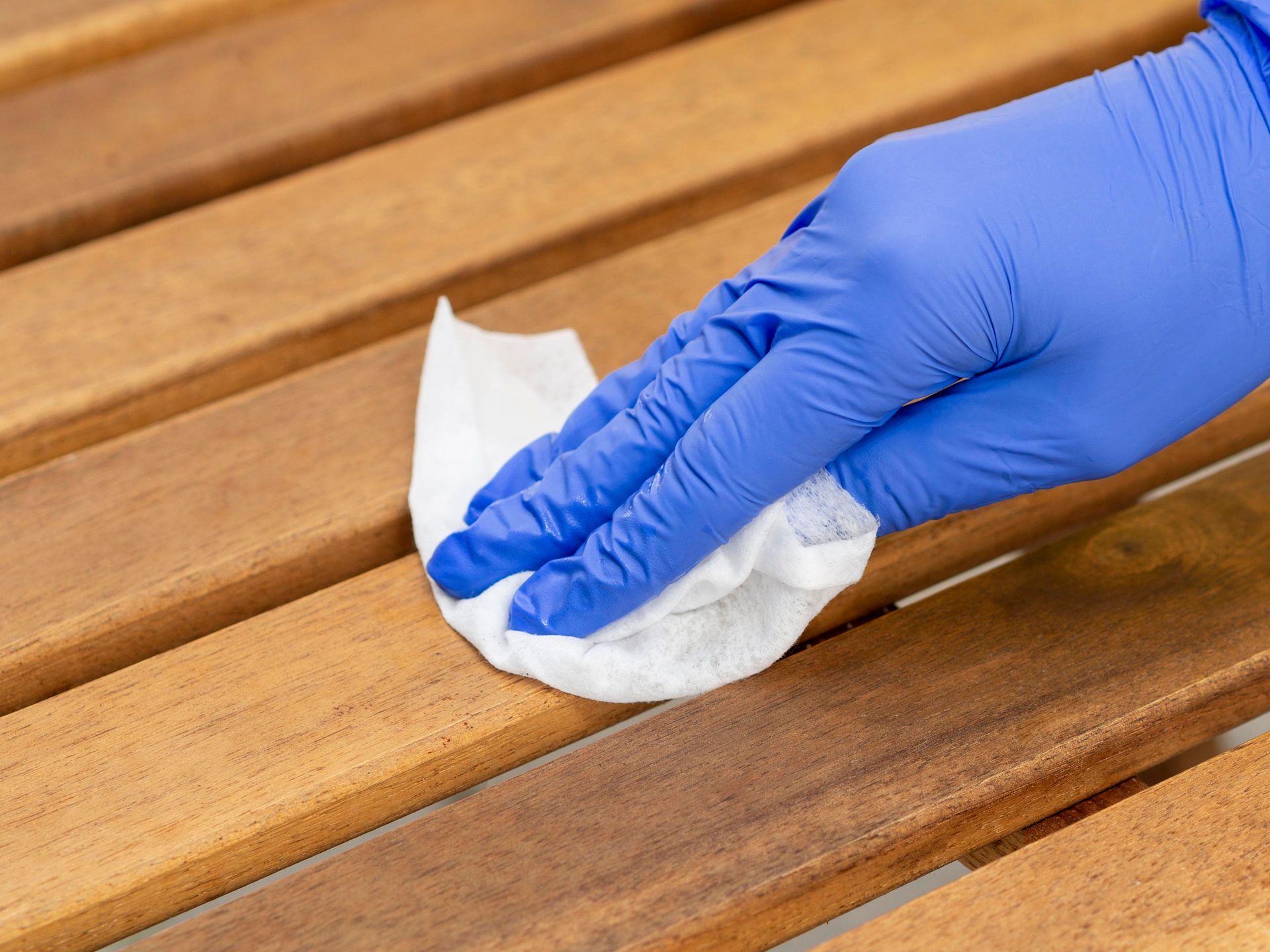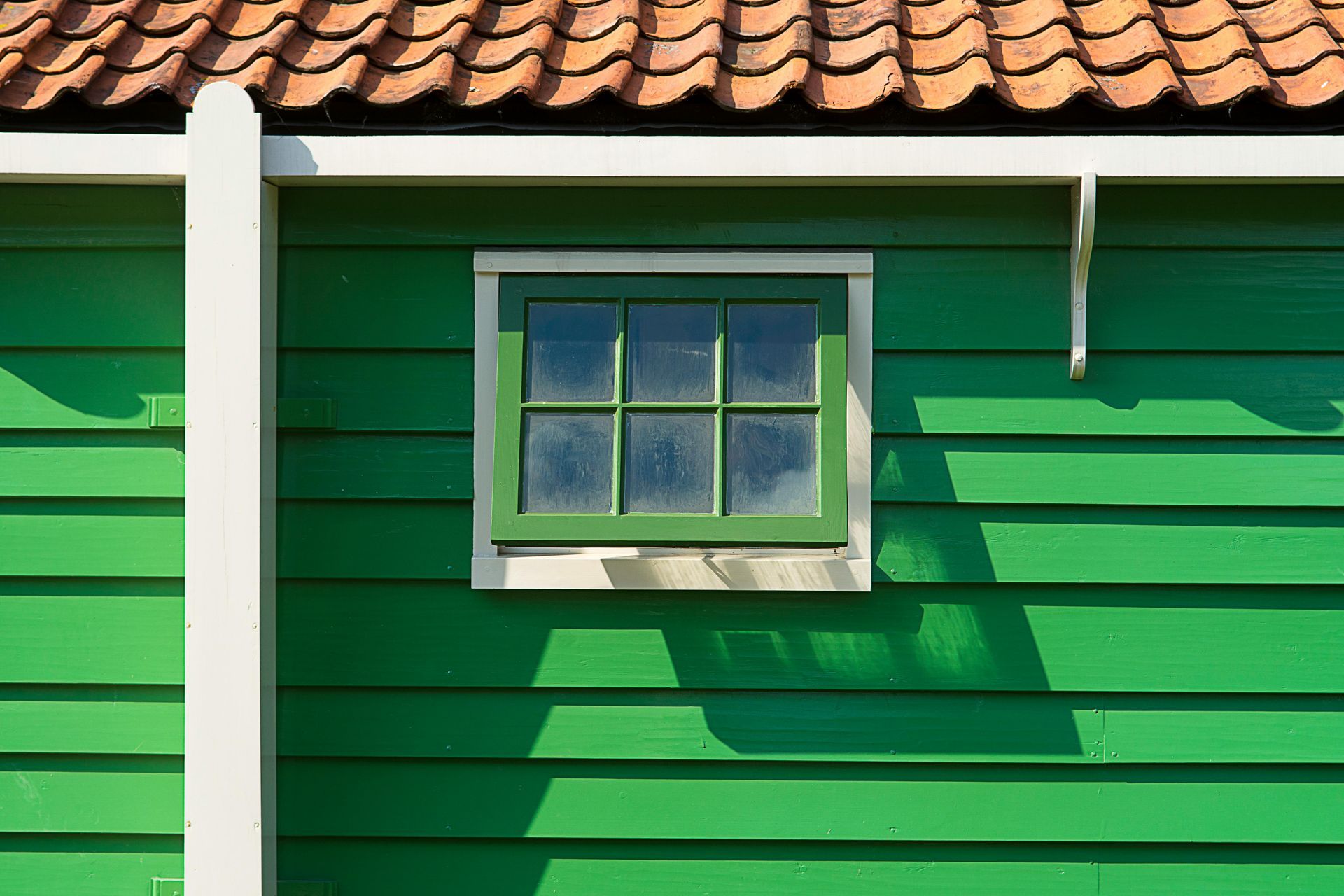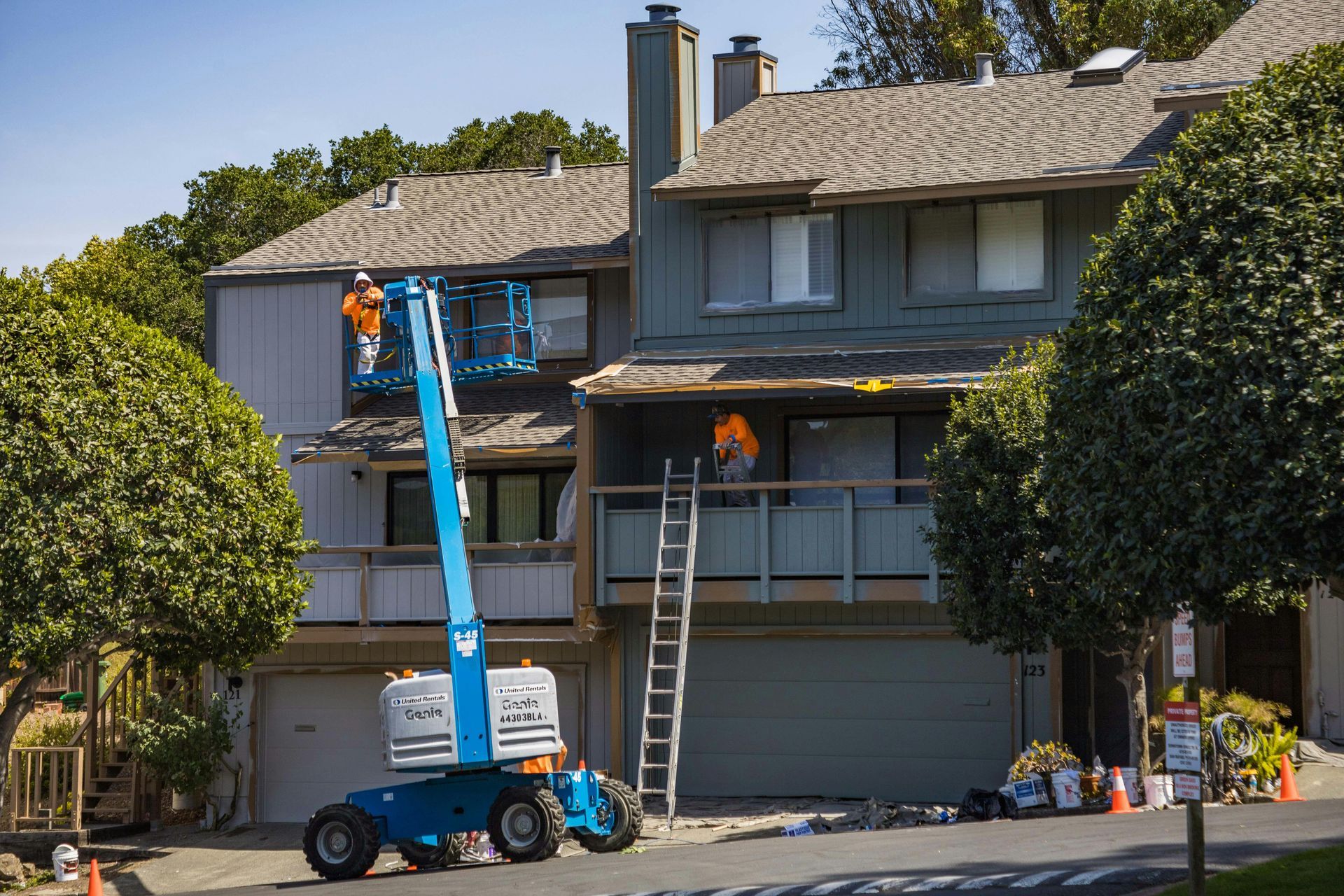Why Hail Damage Is Bad for Your Roof (And How to Spot the Signs Before It's Too Late)
If you've ever walked outside after a hailstorm and found dented gutters or shredded plants, chances are your roof took a hit too. The tricky part? Roof hail damage isn’t always easy to see—but it can cause real problems if you don’t catch it early.
Whether the hail was the size of golf balls or just marbles, it’s worth asking: why is hail damage bad for a roof and how do you know if it’s there? Let’s break it down in plain terms.
What Makes Hail So Rough on Your Roof?
It’s easy to underestimate hail. After all, it’s just frozen rain, right? But when it comes down hard enough, it acts more like flying gravel.
Here’s why roofs take a beating:
- Hail doesn’t fall gently. It can hit at speeds over 40 mph, especially during strong storms.
Shingles aren’t built for direct hits. Even durable ones can lose granules or crack under pressure. - Damage isn’t always obvious. A few bruised shingles may not seem like much until your attic starts leaking.
Every roofing material reacts differently—some dent, others crack—but they all become more vulnerable to water once damaged.
Why Hail Damage Is a Bigger Deal Than It Looks
At first glance, hail damage might seem cosmetic. But ignoring it can lead to bigger (and more expensive) problems. Here’s what homeowners should know:
- Water loves to sneak in. Tiny cracks or missing granules might not leak today—but give it a few heavy rains, and you could have a soggy ceiling.
- Your shingles age faster. Once the surface layer is gone, UV rays and moisture take a toll quickly.
- Warranties might not cover it. Many manufacturers require you to act fast after a storm.
- Insurance claims have deadlines. Waiting too long could mean your roof damage isn’t covered.
Long story short? Even if the roof looks okay from the ground, it might not be. That’s why knowing
why hail damage is bad for a roof and how to identify it is so important.
What to Look For: How to Identify Hail Damage
Some signs are easy to spot. Others? Not so much. Here’s a checklist of what to look for after a hailstorm.
On Asphalt Shingles
- Soft spots or bruising: Press gently on dark marks—if they feel spongy, hail likely did its job.
- Granule loss: Check for bald patches or piles of granules in your gutters.
- Cracks or lifted edges: Shingles that are cracked or curling need attention fast.
On Metal Roofs and Flashing
- Dents or dings: These usually show up around vents, chimneys, and skylights.
Coating damage: If the protective layer is chipped, rust can form over time.
Around the House
- Dented gutters or downspouts are a solid clue your roof took damage too.
- Shingle debris on the lawn or in the driveway often points to something more serious above.
If you see any of these signs—or if the storm was especially intense—it’s a good idea to call a professional for a closer look.
When Should You Bring in a Local Roofing Company?
Honestly? Sooner is better.
Most hail damage isn’t something you’ll notice from the sidewalk. And walking on the roof yourself can be risky (especially if it’s already weakened). That’s where we come in.
At Price Brothers Restoration, we don’t just give your roof a quick glance—we go through it with a trained eye and document everything you’ll need for insurance. Whether you’re looking for peace of mind or know something’s off, we’ve got you covered.
Does Insurance Cover Hail Damage?
In most cases, yes—but only if you move quickly.
Here’s what you should know:
- Time matters. Insurance companies often have deadlines for filing storm claims.
- Documentation helps. Photos, inspection reports, and records from the storm date all help your case.
- Coverage depends on your policy. Deductibles, exclusions, and fine print can vary.
We work with homeowners every day to navigate insurance claims and get roofs repaired the right way—without surprises.
What to Do After a Hailstorm (and How to Stay Ahead of Trouble)
If a hailstorm rolls through your area, don’t wait until there’s a drip in your living room. Here’s what to do:
- Check for visible signs of damage. Look at gutters, siding, and the ground for clues.
- Protect exposed areas. If you spot obvious damage, a tarp can help until repairs are made.
Schedule an inspection. A roofing pro can find what you can’t see from the ground. - Keep a record. Take photos and jot down the date of the storm—it helps with claims.
These simple steps can save you a lot of stress (and money) in the long run.
FAQ: Quick Answers to Common Questions
Q: What size hail usually causes damage?
Even hail smaller than an inch can do damage, especially when paired with strong winds.
Q: Can a brand-new roof still get damaged?
Absolutely. No roof is completely hail-proof—though newer ones may hold up slightly better.
Q: How long do I have to file a claim?
It depends on your policy, but most companies require claims within 6 to 12 months of the storm.
Q: Will my insurance premium go up if I file?
Not usually. Hail is considered a natural event and often doesn’t affect your rates, but it varies by provider.
If you’ve been through a storm recently and aren't sure whether your roof took a hit, don’t leave it to chance. Knowing
why hail damage is bad for a roof and how to identify it can make all the difference between a minor fix and a major repair.
At
Price Brothers Restoration, we’re here to help Central Ohio homeowners get the answers—and the protection—they need after a storm.
Reach out anytime for an honest inspection and expert guidance.

